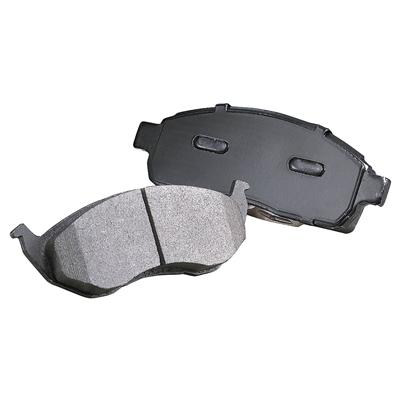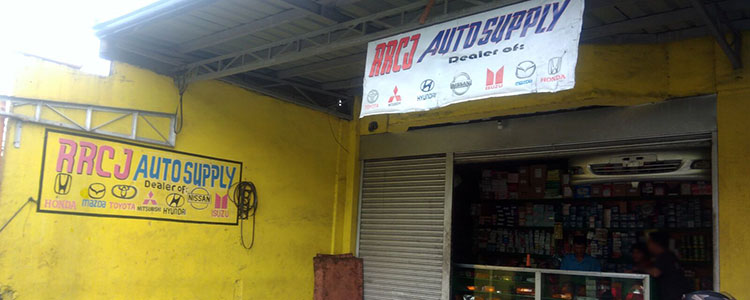Attention Toyota owners!
Toyota is known for its reliability and durability, but even the most well-made vehicles can experience problems. Whether it’s a strange noise, an engine issue, or a warning light that won’t go away, it can be frustrating and concerning when your Toyota isn’t running as it should. Luckily, there are steps you can take to troubleshoot the issue and get back on the road safely. In this article, we’ll provide expert tips for troubleshooting Toyota vehicles.
Identify the Problem
The first step in troubleshooting your Toyota is identifying the problem. This can be done by paying attention to the symptoms and warning signs your vehicle is exhibiting. Is there a strange noise coming from the engine? Is the steering wheel shaking? Is there a warning light on the dashboard? Once you have identified the issue, you can move on to the next step.
Example:
“It’s important to pay attention to the symptoms and warning signs your vehicle is exhibiting, as they can help you identify the problem.”
Check the Basics
Before diving into more complicated troubleshooting methods, it’s important to check the basics. This includes checking the oil level, tire pressure, and battery. These simple checks can often solve the problem and save you time and money.
Example:
“Checking the basics, such as the oil level and tire pressure, can often solve the problem and save you time and money.”
Consult the Owner’s Manual
The owner’s manual is a valuable resource when it comes to troubleshooting your Toyota. It provides information on the warning lights, maintenance schedule, and other important details about your vehicle. Take the time to read through the manual and familiarize yourself with your Toyota’s features and functions.
Example:
“Consulting the owner’s manual is a valuable resource when it comes to troubleshooting your Toyota, as it provides important details about your vehicle.”
Use Diagnostic Tools
If the basics and owner’s manual don’t solve the problem, it may be necessary to use diagnostic tools. These tools can help pinpoint the issue and provide a more accurate diagnosis. Some diagnostic tools include a code reader, multimeter, and oscilloscope.
Example:
“Using diagnostic tools, such as a code reader or multimeter, can help pinpoint the issue and provide a more accurate diagnosis.”
Visit a Mechanic
If all else fails, it may be necessary to visit a mechanic. A certified Toyota mechanic can provide expert advice and repair services to get your vehicle running smoothly again. It’s important to choose a reputable mechanic who specializes in Toyota vehicles.
Example:
“Visiting a certified Toyota mechanic can provide expert advice and repair services to get your vehicle running smoothly again.”
Troubleshooting your Toyota can be frustrating, but by following these expert tips, you can identify and solve the problem. Remember to check the basics, consult the owner’s manual, use diagnostic tools, and visit a mechanic if necessary. With a little patience and persistence, you’ll be back on the road in no time.
Recall of 40,000 CH-R vehicles with front collision warning system malfunction
Toyota has recently announced a recall of 40,000 vehicles due to a malfunction in the front collision warning system. The recall affects certain 2019-2020 Toyota CH-R models and owners are encouraged to check if their vehicle is affected. In this article, we will discuss how to check if your CH-R is affected and what to do if it is.
What is the Front Collision Warning System?
The front collision warning system is a safety feature that uses sensors to detect when the vehicle is getting too close to another vehicle or object in front of it. If the system detects a potential collision, it will alert the driver with visual and audio warnings. In some cases, the system can also apply the brakes to prevent a collision.
How to Check if Your CH-R is Affected
To check if your CH-R is affected by the recall, you can visit the Toyota website and enter your vehicle identification number (VIN). The VIN is a unique 17-digit code that can be found on the driver’s side dashboard or on the driver’s side door jamb. If your CH-R is affected, Toyota will notify you and provide instructions on what to do next.
What to Do if Your CH-R is Affected
If your CH-R is affected by the recall, Toyota will provide a free repair to fix the front collision warning system. You should contact your local Toyota dealership to schedule an appointment for the repair. The repair should take approximately one hour to complete.
Why is the Front Collision Warning System Important?
The front collision warning system is an important safety feature that can help prevent accidents. By alerting drivers to potential collisions, the system gives them more time to react and avoid a crash. In some cases, the system can also apply the brakes to prevent a collision, which can be especially helpful in situations where the driver is unable to react in time.
If you own a 2019-2020 Toyota CH-R, it is important to check if your vehicle is affected by the recent recall due to a front collision warning system malfunction. By checking your VIN on the Toyota website, you can determine if your vehicle is affected and take the necessary steps to get it repaired. Remember, the front collision warning system is an important safety feature that can help prevent accidents and keep you and your passengers safe on the road.
Hey guys, have you heard the news? If you own a Toyota CH-R, listen up! There’s been a recall of 40,000 vehicles due to a malfunction in the front collision warning system. This means that your car may not alert you if there’s an impending collision, which could be dangerous for you and other drivers on the road. It’s important to check if your car is affected and take it in for repairs as soon as possible. Don’t wait until it’s too late! Stay safe out there on the roads, and make sure your Toyota is running smoothly.


